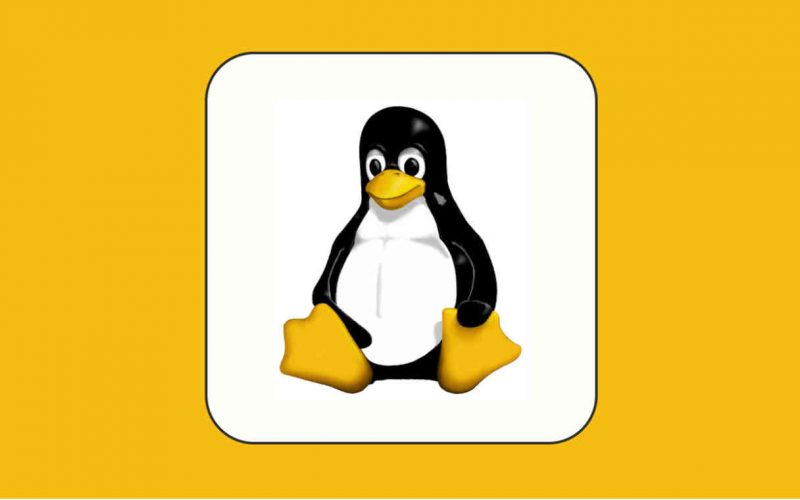The history and evolution of the Linux operating system are marked by significant milestones and contributions from numerous individuals and organizations. Here’s an overview of the key events in the history of Linux:
- Origins and Creation (1991): Linux was created by Linus Torvalds, a Finnish computer science student, in 1991. Torvalds developed the initial version of the Linux kernel as a hobby project while studying at the University of Helsinki. He aimed to create a free and open-source operating system compatible with the Unix operating system.
- GNU Project and Free Software Foundation (1983-1991): The GNU Project, initiated by Richard Stallman in 1983, aimed to develop a complete free and open-source Unix-like operating system. While the GNU Project had developed a significant portion of the operating system, it lacked a free kernel. The advent of Linux provided a compatible kernel, and the combination of the GNU software and Linux kernel led to the creation of the complete Linux-based operating system.
- Early Collaborations and Growth (1991-1994): As Linux gained attention, a collaborative development model emerged, with developers contributing code, bug fixes, and enhancements to the Linux kernel. In 1992, the Free Software Foundation released the GNU General Public License (GPL), which ensured that Linux remained free and open-source. This helped foster a vibrant community of developers and users.
- Distribution Development (mid-1990s): Various individuals and organizations began creating Linux distributions by combining the Linux kernel with the GNU software and additional applications. In 1993, Slackware became one of the earliest popular Linux distributions, followed by others like Debian, Red Hat, and SUSE. These distributions packaged the Linux kernel with software, providing a complete operating system experience.
- Commercialization and Enterprise Adoption (late 1990s): Linux started gaining traction in the enterprise market during the late 1990s. Companies like Red Hat and SUSE began offering commercial versions of Linux, providing support and services for businesses. This period saw increased interest in Linux as a cost-effective and reliable alternative to proprietary operating systems.
- Advancements in Desktop Environments (2000s): The early 2000s witnessed significant advancements in Linux desktop environments, making Linux more user-friendly and visually appealing. Desktop environments such as GNOME and KDE provided intuitive interfaces and built-in applications, contributing to a more accessible Linux experience for desktop users.
- Mobile and Embedded Systems (2000s): Linux gained popularity in the mobile and embedded systems market. The Android operating system, based on the Linux kernel, emerged as a dominant platform for smartphones and tablets. Additionally, Linux was widely adopted in various embedded systems, including routers, smart TVs, IoT devices, and automotive systems.
- Growth in Server Environments (2000s-present): Linux emerged as a dominant force in server environments, powering a significant portion of web servers, cloud infrastructure, supercomputers, and data centers. Its stability, scalability, and open-source nature made it an attractive choice for hosting critical applications and services.
- Community Development and Collaboration: The Linux community has played a crucial role in the evolution of the operating system. Thousands of developers worldwide contribute to the development of the Linux kernel and associated software through mailing lists, online forums, and collaborative platforms like the Linux kernel source tree and GitHub.
- Ongoing Development and Innovation (present): Linux continues to evolve rapidly, with frequent releases of new kernel versions and updates to distributions. The Linux community and major technology companies actively contribute to its development, ensuring ongoing improvements, security enhancements, and support for new hardware and technologies.
The history of Linux showcases the power of collaboration, open-source principles, and the transformative impact of community-driven development. It has become a versatile and widely used operating system, running on a diverse range of devices and serving various computing needs.
SHARE
